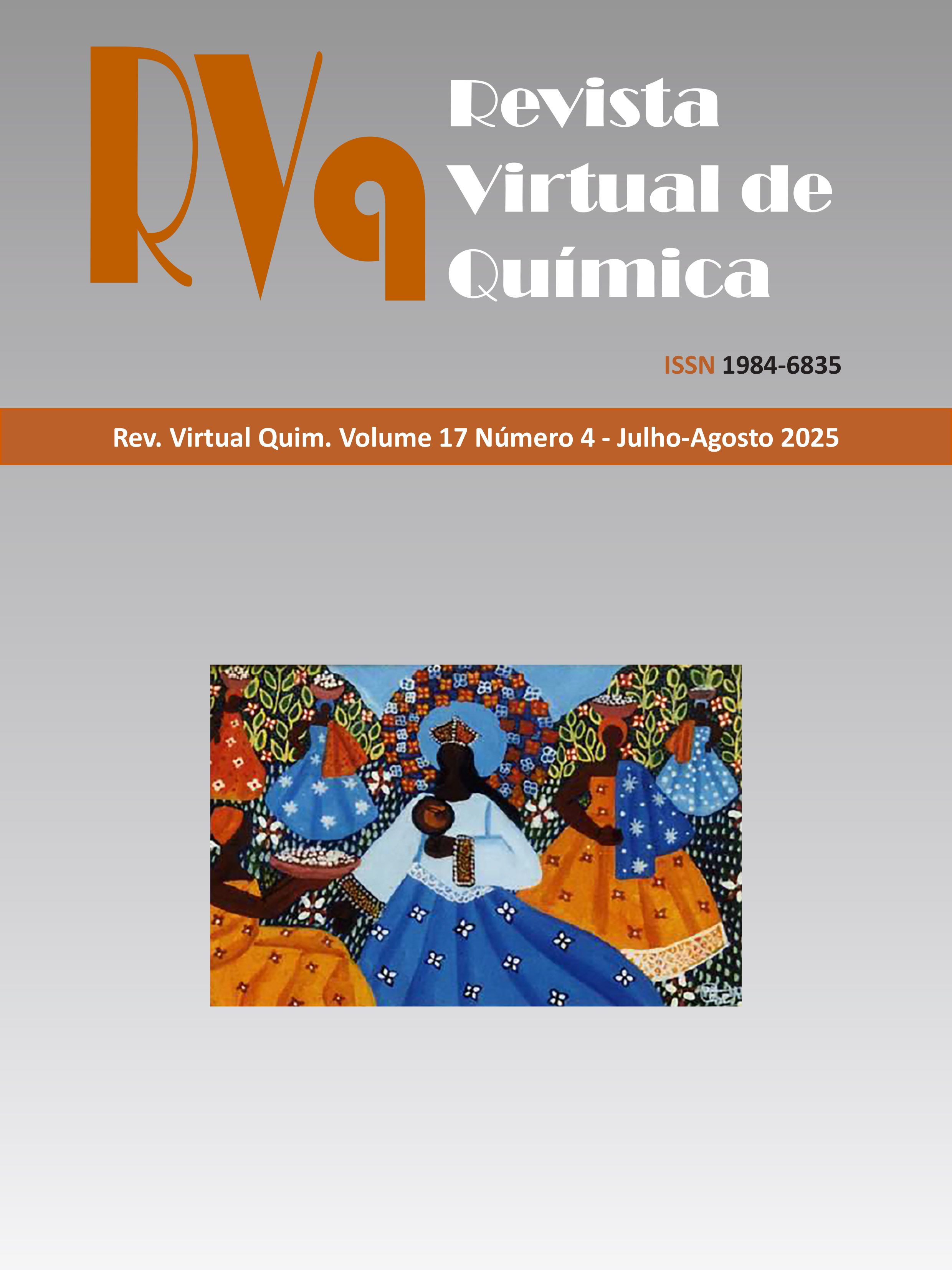Extracts from Dried Leaves of Alecrim-do- Campo (Baccharis dracunculifolia): Evaluation of Photoprotective Activity, Photoprotective Formulation, Antioxidant Potential and Nanoemulsion Stability as Candidates for Natural Sunscreen Filters
DOI:
https://doi.org/10.21577/1984-6835.20250028Resumo
Baccharis dracunculifolia (commonly known as Alecrim-do-Campo) is a plant with ethnopharmacological significance due to its use by populations across various regions of Brazil. It is a native Brazilian plant, rich in flavonoids, that absorbs UV radiation, suggesting the potential for its use in natural sunscreen filters. This study aims to evaluate the sunscreen potential of Alecrim-do-Campo. Three extracts were obtained using different solvents. The dichloromethane and ethanolic extracts demonstrated the highest activity, as indicated by their higher Sun Protection Factor (SPF) values. The extracts underwent phytochemical screening, antioxidant activity testing, and quantification of total phenolic and flavonoid content, as well as GC-MS (Gas Chromatography-Mass Spectrometry) analysis. By correlating the antioxidant capacity with phenolic compound levels, it was found that the ethanolic extract of Alecrim-do-Campo contains the highest concentrations of phenolic compounds and exhibits strong antioxidant activity. A nanoemulsion containing the ethanolic extract was developed using the phase inversion method, showing promising stability results. GC-MS analysis revealed that the most abundant compound in the extracts is benzenepropanoic acid. Phytochemical screening confirmed the presence of flavonoids and phenolic compounds in both the dichloromethane and ethanolic extracts. The results suggest that Baccharis dracunculifolia is a promising candidate in the search for natural sunscreen filters.
Downloads
Publicado
Edição
Seção
Licença
Copyright (c) 2025 Revista Virtual de Química

Este trabalho está licenciado sob uma licença Creative Commons Attribution 4.0 International License.
Autores que publicam nesta revista concordam com os seguintes termos:
Os direitos autorais para artigos publicados nesta revista são do autor, com direitos de primeira publicação para a revista. Em virtude do acesso público, os artigos são de uso gratuito em aplicações educacionais e não-comerciais desde que com reconhecimento da autoria e da publicação nesta revista.

